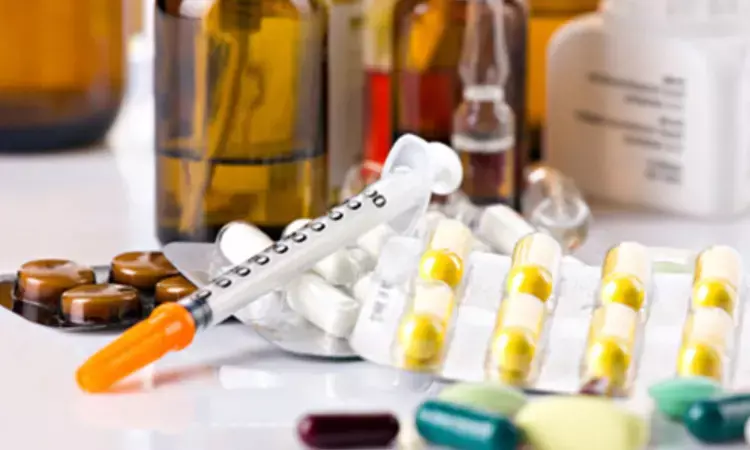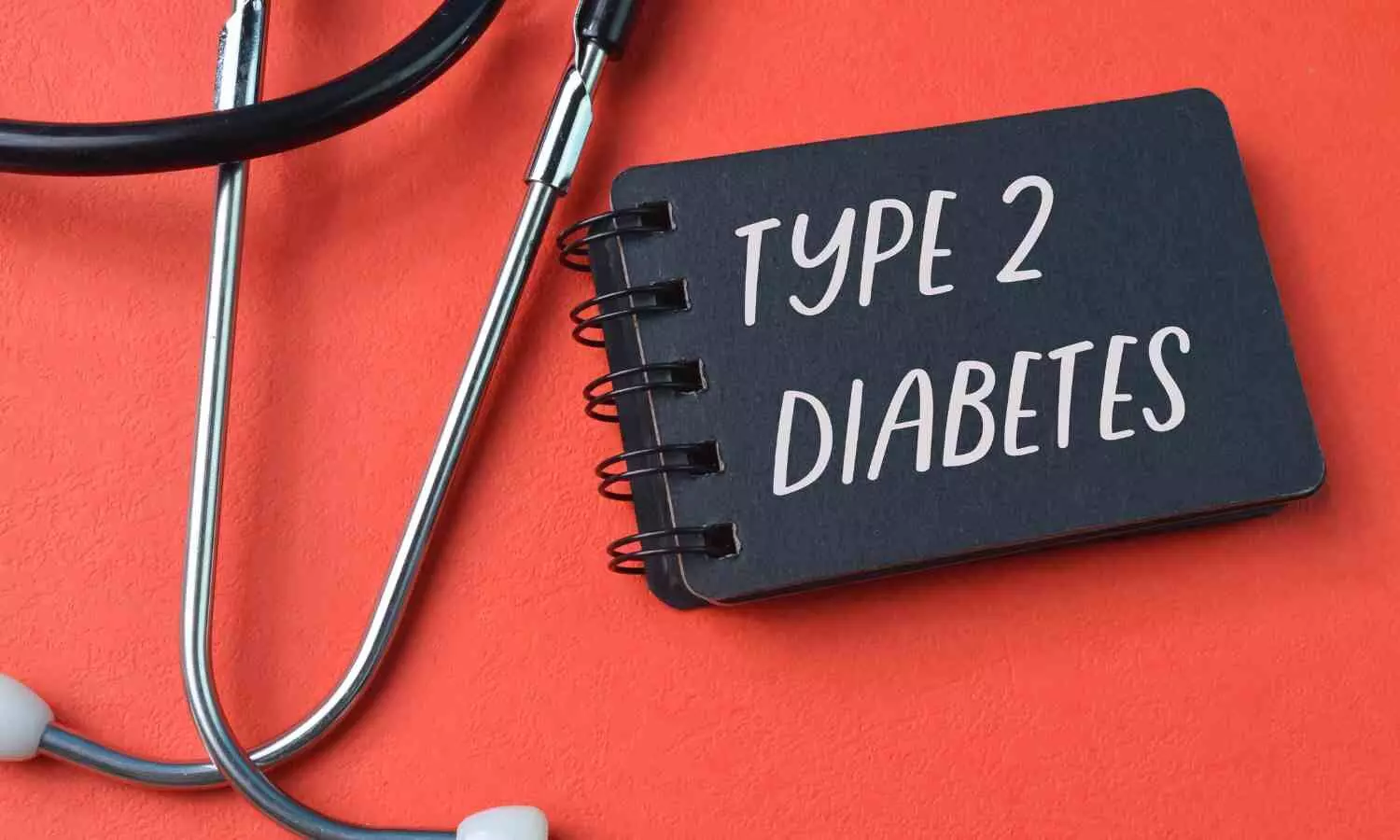- Home
- Medical news & Guidelines
- Anesthesiology
- Cardiology and CTVS
- Critical Care
- Dentistry
- Dermatology
- Diabetes and Endocrinology
- ENT
- Gastroenterology
- Medicine
- Nephrology
- Neurology
- Obstretics-Gynaecology
- Oncology
- Ophthalmology
- Orthopaedics
- Pediatrics-Neonatology
- Psychiatry
- Pulmonology
- Radiology
- Surgery
- Urology
- Laboratory Medicine
- Diet
- Nursing
- Paramedical
- Physiotherapy
- Health news
- Fact Check
- Bone Health Fact Check
- Brain Health Fact Check
- Cancer Related Fact Check
- Child Care Fact Check
- Dental and oral health fact check
- Diabetes and metabolic health fact check
- Diet and Nutrition Fact Check
- Eye and ENT Care Fact Check
- Fitness fact check
- Gut health fact check
- Heart health fact check
- Kidney health fact check
- Medical education fact check
- Men's health fact check
- Respiratory fact check
- Skin and hair care fact check
- Vaccine and Immunization fact check
- Women's health fact check
- AYUSH
- State News
- Andaman and Nicobar Islands
- Andhra Pradesh
- Arunachal Pradesh
- Assam
- Bihar
- Chandigarh
- Chattisgarh
- Dadra and Nagar Haveli
- Daman and Diu
- Delhi
- Goa
- Gujarat
- Haryana
- Himachal Pradesh
- Jammu & Kashmir
- Jharkhand
- Karnataka
- Kerala
- Ladakh
- Lakshadweep
- Madhya Pradesh
- Maharashtra
- Manipur
- Meghalaya
- Mizoram
- Nagaland
- Odisha
- Puducherry
- Punjab
- Rajasthan
- Sikkim
- Tamil Nadu
- Telangana
- Tripura
- Uttar Pradesh
- Uttrakhand
- West Bengal
- Medical Education
- Industry
SGLT2is and GLP-1 RAs effective anti-hyperglycemic agents for cardiovascular outcomes: JACC

A recent multinational, federated analysis of LEGEND-T2DM study published that Sodium-glucose cotransporter 2 inhibitors (SGLT2is) and glucagon-like peptide-1 receptor agonists (GLP-1 RAs) have demonstrated effectiveness in reducing major adverse cardiovascular events (MACE) in patients with type 2 diabetes mellitus (T2DM). The analysis results were published in the Journal of the American College of Cardiology.
There was a significant change with the evolution of multiple therapeutic alternatives for T2DM. Drugs like SGLT2is and GLP-1 RAs reduce the risk of major adverse cardiovascular events (MACE) in patients with type 2 diabetes mellitus (T2DM). However, with the availability of various antihyperglycemic agents, a direct comparison of their relative effectiveness, particularly against other second-line antihyperglycemic agents, has not been extensively studied. Notably, no major head-to-head clinical trials are currently ongoing to assess their comparative efficacy. Hence, researchers have conducted a study to evaluate the cardiovascular effectiveness of SGLT2is, GLP-1 RAs, dipeptidyl peptidase-4 inhibitors (DPP4is), and sulfonylureas (SUs) as second-line antihyperglycemic agents in patients with T2DM and established cardiovascular disease (CVD).
The research utilized data from the LEGEND-T2DM (Large-Scale Evidence Generation and Evaluation Across a Network of Databases for Type 2 Diabetes Mellitus) network, which spans 10 international databases covering the period from 1992 to 2021. In total, the study identified 1,492,855 patients with T2DM who were on metformin monotherapy and subsequently initiated one of the four second-line agents. These agents included SGLT2is, GLP-1 RAs, DPP4is, and SUs. Large-scale propensity score models were applied to conduct an active-comparator target trial emulation, and pairwise comparisons were made to assess their impact on cardiovascular outcomes.
Empirical equipoise and population generalizability were evaluated to ensure robustness. Cox proportional hazards models were then applied to assess the risk of MACE, focusing on both 3-point MACE (myocardial infarction, stroke, and death) and 4-point MACE (the addition of heart failure hospitalization). These hazard ratio (HR) estimates were combined using random-effects meta-analysis to arrive at more comprehensive conclusions.
Findings:
- The study spanned over 5.2 million patient-years of follow-up and included 489 million patient-days of at-risk time.
- During this period, 25,982 3-point MACE events and 41,447 4-point MACE events were recorded.
- The results showed that both SGLT2is and GLP-1 RAs were associated with significantly lower 3-point MACE risks when compared to DPP4is and SUs.
- Specifically, SGLT2is were associated with a hazard ratio (HR) of 0.89 (95% CI: 0.79-1.00) compared to DPP4is and an HR of 0.76 (95% CI: 0.65-0.89) compared to SUs.
- Similarly, GLP-1 RAs were linked to a reduced risk of 3-point MACE compared to DPP4is (HR: 0.83 [95% CI: 0.70-0.98]) and SUs (HR: 0.72 [95% CI: 0.58-0.88]).
- DPP4is also demonstrated a more favorable cardiovascular profile than SUs, with an HR of 0.87 (95% CI: 0.79-0.95). This pattern was consistent when assessing 4-point MACE outcomes as well.
- Importantly, no significant differences in cardiovascular risk reduction were observed between SGLT2is and GLP-1 RAs for either 3-point MACE (HR: 1.06 [95% CI: 0.96-1.17]) or 4-point MACE (HR: 1.05 [95% CI: 0.97-1.13]).
Thus, the study concluded that in patients with T2DM and established CVD, SGLT2is and GLP-1 RAs provided similar reductions in cardiovascular risk, both proving to be more effective than DPP4is, which in turn were more effective than SUs. These findings suggest that clinicians should prioritize the use of SGLT2is and GLP-1 RAs as second-line agents in this patient population to optimize cardiovascular outcomes.
Further reading: Khera R, Aminorroaya A, et al. Comparative Effectiveness of Second-Line Antihyperglycemic Agents for Cardiovascular Outcomes: A Multinational, Federated Analysis of LEGEND-T2DM. J Am Coll Cardiol. 2024 Sep 3;84(10):904-917. doi: 10.1016/j.jacc.2024.05.069. PMID: 39197980.
BDS, MDS
Dr.Niharika Harsha B (BDS,MDS) completed her BDS from Govt Dental College, Hyderabad and MDS from Dr.NTR University of health sciences(Now Kaloji Rao University). She has 4 years of private dental practice and worked for 2 years as Consultant Oral Radiologist at a Dental Imaging Centre in Hyderabad. She worked as Research Assistant and scientific writer in the development of Oral Anti cancer screening device with her seniors. She has a deep intriguing wish in writing highly engaging, captivating and informative medical content for a wider audience. She can be contacted at editorial@medicaldialogues.in.
Dr Kamal Kant Kohli-MBBS, DTCD- a chest specialist with more than 30 years of practice and a flair for writing clinical articles, Dr Kamal Kant Kohli joined Medical Dialogues as a Chief Editor of Medical News. Besides writing articles, as an editor, he proofreads and verifies all the medical content published on Medical Dialogues including those coming from journals, studies,medical conferences,guidelines etc. Email: drkohli@medicaldialogues.in. Contact no. 011-43720751




